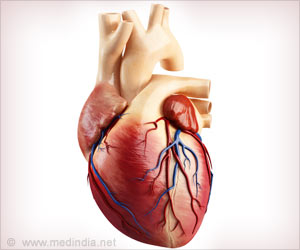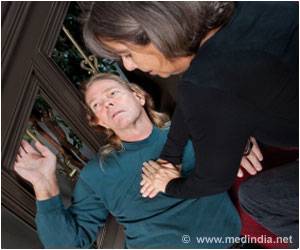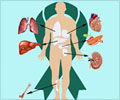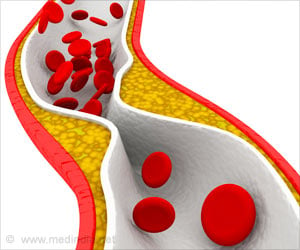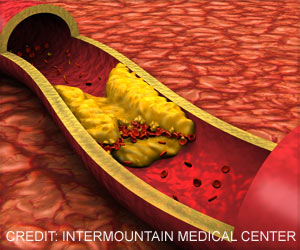A prediction model to determine sudden cardiac death risk in adults without a history of cardiovascular disease (CVD) has been developed and validated.
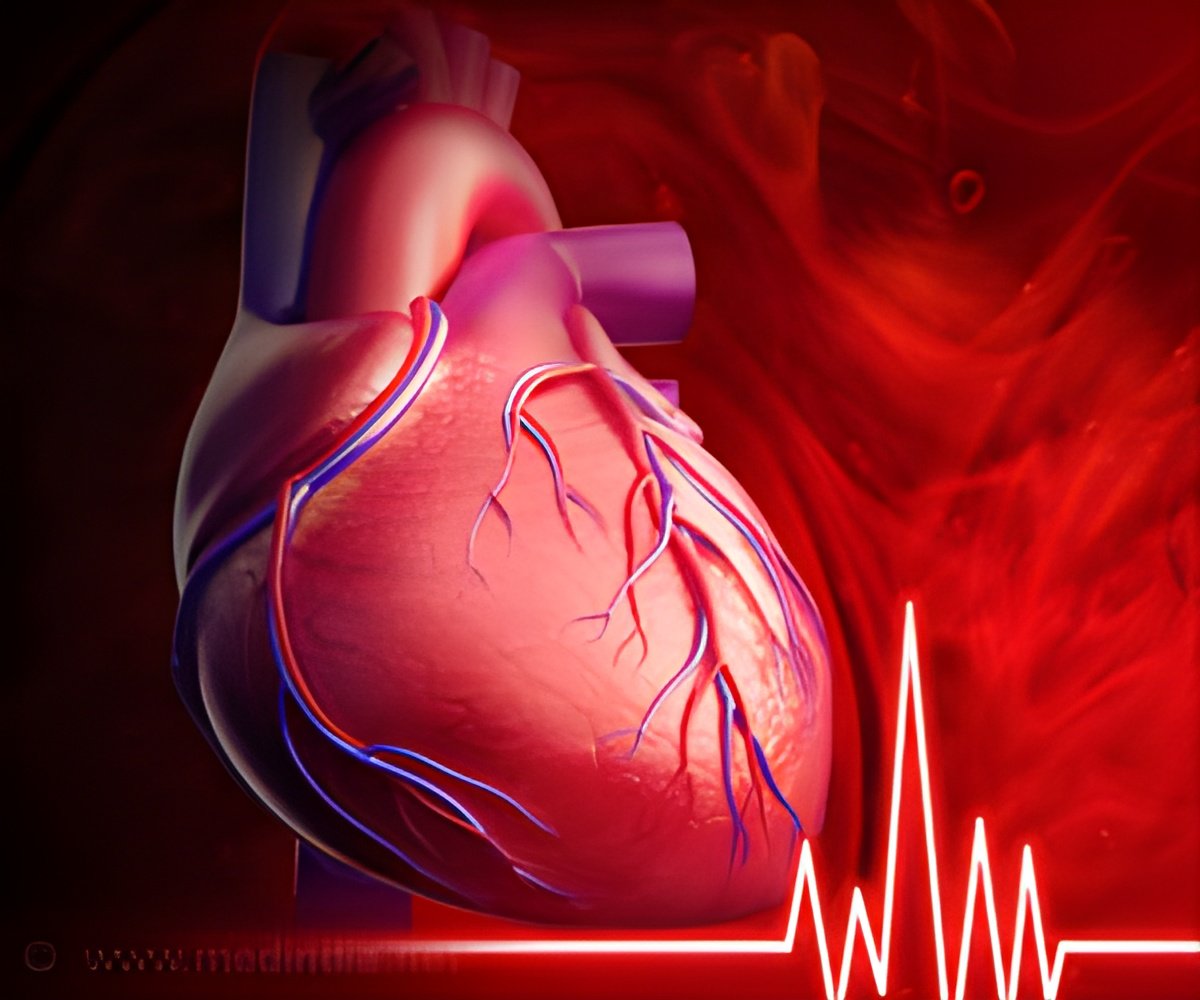
‘A prediction model to determine sudden cardiac death risk in adults without a history of cardiovascular disease (CVD) has been developed and validated by researchers at University of Pennsylvania.’





SCD occurs unexpectedly with little to no warning signs or symptoms and most commonly among those in the general population without a history of cardiovascular disease. The identification of specific risk models for SCD has remained a challenge particularly because individuals from the general population are at a low overall risk of SCD and large, well-defined populations are needed to develop risk scores. Deo and his colleagues set out to develop a model that could predict SCD risk among the general public. "Sudden cardiac death is a significant public health concern, and the rates of decline have not paralleled those observed for other cardiovascular conditions such as heart attack or stroke," said Deo, the study's lead author. "The American Health Association and American College of Cardiology developed a risk equation for determining generalized cardiovascular risk in 2013, but this is the first time an SCD-specific prediction model has been developed and validated."
Researchers evaluated 17,884 adults, 45 years of age and older with no history of cardiovascular disease, who were participants in two large, National Institute of Health (NIH)-funded cohorts: the Atherosclerosis Risk in Communities (ARIC) Study and the Cardiovascular Health Study (CHS). They assessed a variety of demographics, clinical and laboratory data, electrocardiographic and echocardiographic measures, and biological markers in these participants. In addition, they rigorously adjudicated out-of-hospital deaths to identify those most likely to be a result of fatal arrhythmias.
Deo and his colleagues identified 12 independent risk markers in their model that outperformed the 2013 ACC/AHA Pooled cohort risk equation for predicting SCD. Of note, a low left ventricular ejection fraction, which has traditionally been the primary marker for identifying high risk individuals, was present in only one percent of participants, and did not enhance SCD risk prediction.
Deo added, "Our findings provide a strong step toward distinguishing SCD risk across the general population and can help target future strategies at SCD prevention for the highest risk subgroups of the general population. What's more, use of this risk model could lead to pinpointing specific communities with higher risk populations, ideally leading to increased training and awareness for emergency medical staff, volunteers and the general public in those regions."
Advertisement



